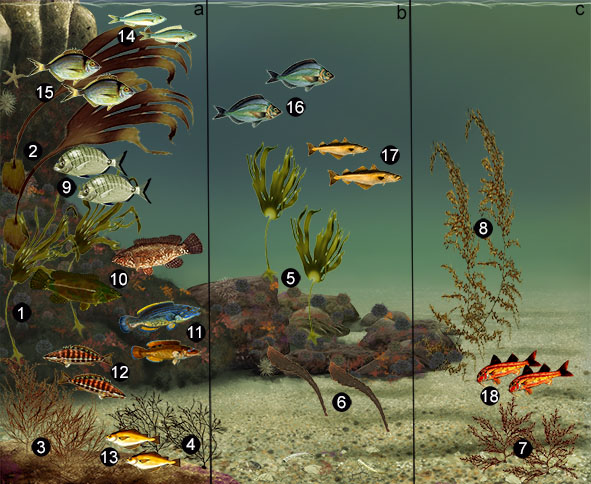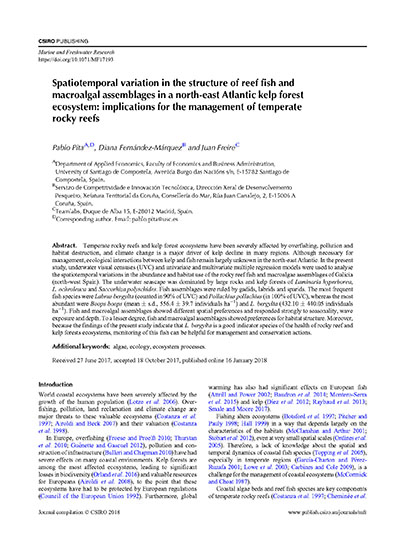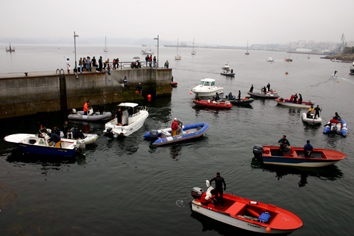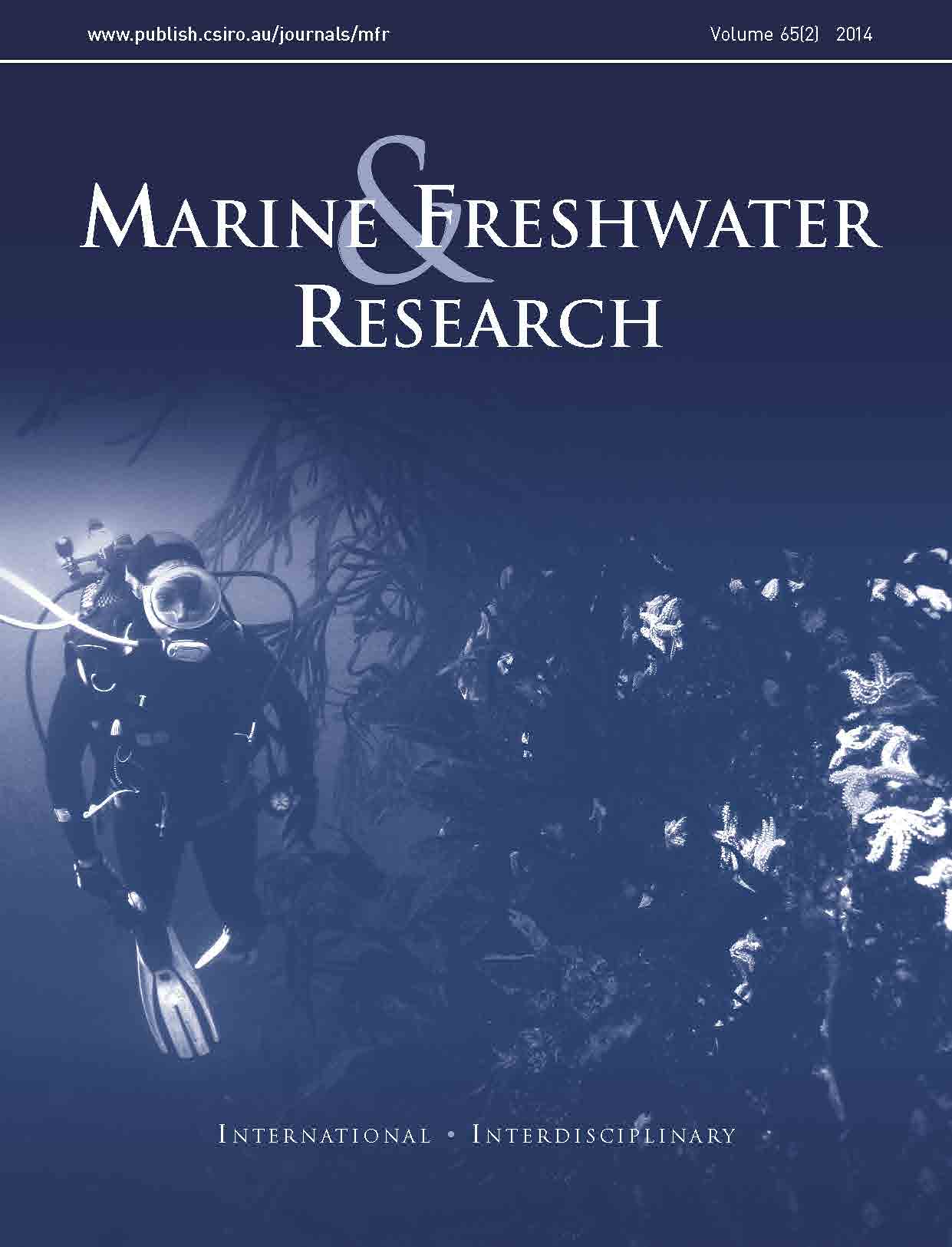En las grietas vivían las boquiabiertas rabosas de gruesos labios, que con expresión de negroide insolencia te contemplaban agitando las aletas. En la penumbra de las
algas se arracimaban los erizos de mar como relucientes y marrones castañas de Indias, virando levemente sus espinas hacia el posible peligro a manera de brújulas. A
su alrededor se adherían a las rocas las anémonas, rollizas y lustrosas, moviendo los brazos con aire de danza lánguida y oriental por atrapar las quisquillas traslúcidas
que pasaban velozmente.
Gerald Durrell
Mi familia y otros animales
Usé este texto del genial Gerald Durrel en Mi familia y otros animales (1956), como prólogo al capítulo de mi tesis doctoral que ahora por fin se publica en Marine and Freshwater Research. En el artículo, analizamos las variaciones espaciales y temporales, y su relación con el hábitat, de las comunidades de peces de los bosques de algas de Galicia.
Representación del paisaje subacuático basado en los diferentes resultados del estudio mostrando los principales ambientes de los arrecifes rocosos costeros, incluyendo las especies de algas y de peces más representativas: (a) ambientes rocosos verticales, (b) ambientes rocosos horizontales y (c) ambientes arenosos. 1, Laminaria hyperborea; 2, Saccorhiza polyschides; 3, Desmarestia aculeata; 4, Halidrys siliquosa; 5, Laminaria ochroleuca; 6, Saccharina latissima; 7, Cystoseira baccata; 8, Sargassum muticum; 9, Diplodus sargus; 10, Labrus bergylta (pinto en la parte superior y maragota a continuación); 11, Labrus mixtus (macho en la parte superior y hembra en la parte inferior); 12, Serranus cabrilla; 13, Trisopterus luscus; 14, Boops boops; 15, Diplodus vulgaris; 16, Spondyliosoma cantharus; 17, Pollachius pollachius; 18, Mullus surmuletus.



